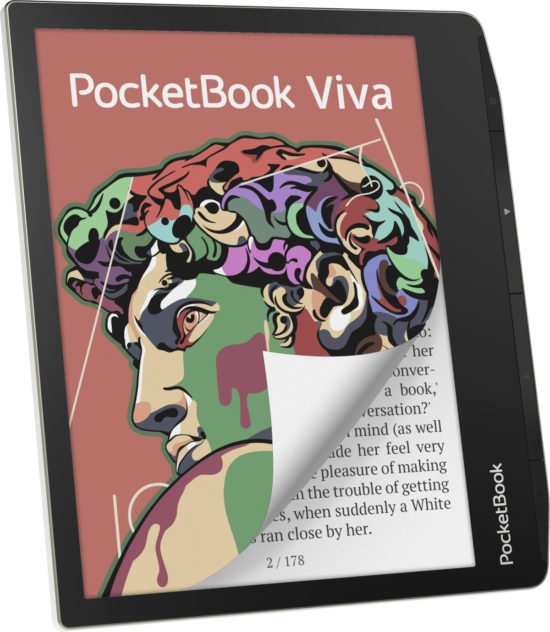XDALE Pronunciation

October 2024
ARTrader
Artrader and Hypsoverse aim to revolutionize the NFT market by providing a user-friendly, secure, and engaging platform. By addressing key vulnerabilities and leveraging our unique features, we are poised to attract a diverse user base and drive significant growth.
### Business Proposal for Artrader and Hypsoverse
**Executive Summary**
Artrader is an innovative mobile Dapp that enables users to trade NFT artwork within a gamified environment. Our platform will be showcased on Hypsoverse.com, a fully immersive website. Transactions will utilize our XER token, enhancing liquidity through our DALEX swap Decentralized exchange. We aim to generate crowdfunding by simplifying the sale and trade of XER tokens. We aim to attract users through multiple incentives, including referral coupons, product giveaways, and unique swapping features.
**Problem Statement**
The current NFT market lacks user-friendly platforms that combine art trading with immersive experiences. Complex transactions and mistrust in MLM structures also deter many potential users.
**Objectives**
1. Create a seamless, engaging platform for NFT trading.
2. Simplify the process of buying and selling XER tokens.
3. Establish trust and transparency to attract and retain users.
**Target Market**
Our primary audience includes digital art enthusiasts, crypto traders, and tech-savvy individuals looking for innovative investment opportunities. We also target VR users with our immersive website, Hypsoverse.com.
**Solution**
Artrader addresses market gaps by offering:
– A gamified environment for NFT trading.
– Simplified transactions using the XER token on our DALEX swap DEX.
– Multi-tiered incentives, including referral coupons and VR product giveaways.
**Marketing Strategy**
1. **Digital Campaigns**: Leverage social media, influencer partnerships, and targeted ads.
2. **Community Building**: Engage with users through forums, webinars, and events.
3. **Educational Resources**: We provide guides, tutorials, and support to educate users about NFTs and crypto.
**Revenue Model**
– **Transaction Fees**: We collect fees on each NFT trade.
– **Token Sales**: We generate revenue by selling XER tokens.
– **Incentive Programs**: We encourage user participation and loyalty.
Here’s the thing: while this plan has some compelling components, there are a few vulnerabilities to consider and areas for improvement.
### Vulnerabilities:
1. **Market Volatility**: The value of NFTs and altcoins can be highly volatile, impacting user confidence and investment.
2. **Regulatory Risks**: NFTs and crypto projects are under increasing scrutiny, and new regulations could disrupt our business model.
3. **User Trust**: Multi-level marketing (MLM) structures can be viewed skeptically, potentially deterring users.
4. **Security**: Cybersecurity threats could target our platform, compromising user data and assets.
5. **Competition**: The NFT and crypto spaces are becoming crowded, making it hard to stand out.
### Improvements:
1. **Diversified Incentives**: Beyond MLM and giveaways, we consider loyalty rewards, exclusive access to events, or collaborations with established artists.
2. **User Education**: We provide resources to educate users about NFTs, crypto trading, and cybersecurity.
3. **Robust Security**: We implement top-notch security measures and regularly update them to protect against threats.
4. **Transparent Operations**: We maintain transparency in operations, fees, and rewards to build trust.
5. **Community Engagement**: We foster a strong community around our platform, encouraging user input and collaboration. See our community at iproprietor.net
—
How it works
1.- Creators agree to present content.
2. – xDALE presents their creations in total immersion via its app: Hypsoverse. (Best viewed on a desktop PC with Nvidia GPU)
3.- You can download the mobile app from Meta Horizon
4.- You can submit an annual subscription and become a member of our community via Paid Membership Pro
5.- You can trade digital art pieces on DALExch.
6.- You can Swap NFTs for our token or altcoins or cash
7.- You earn incentive coupons for activity and, referrals and receive items such as game computers, VR headsets … etc
**In Conclusion**
—
Douglas Crosdale

Founder, CEO
(917) 748-6815 Douglas@xdale.io
Crosdale, inc.
4499 Henry Hudson Parkway West, Bronx, NY 10471
United States
_________________________________________
Artificial Dreams

September 2024
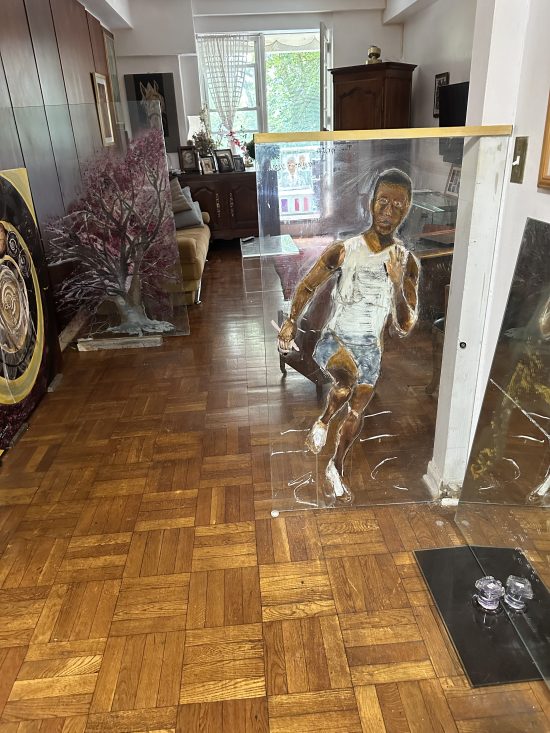
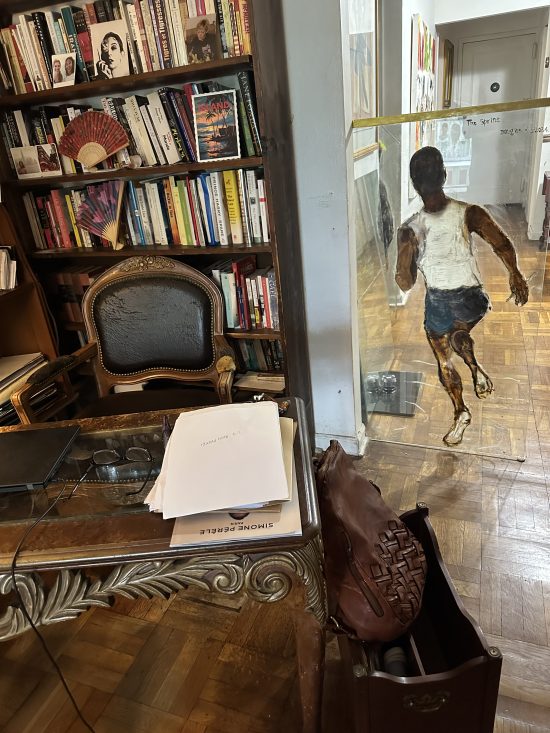
Illustration: Goodbye Reality Demo
IMO the ultimate purpose of art is to share consciousness.
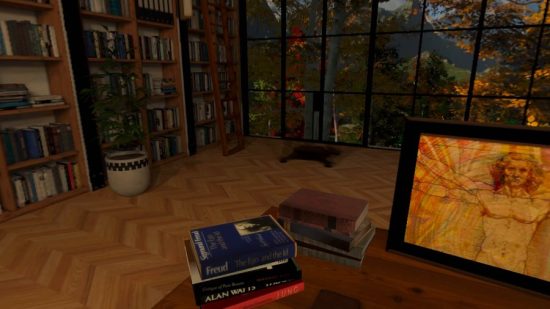
Our Vision
At Hypsoverse, we are not just teleporting art lovers to distant virtual museums. We are taking them into the art itself. Imagine stepping into a painting, feeling the textures, and experiencing the emotions the artist intended. This is not just viewing art; it’s living it.
View this floor plan
Another gallery design example
The Experience
When your avatar focuses on a picture, what you see in your headset is not just an image. You see the art in a new, tangible way. It’s as if you could touch it, enter it, and experience the painter’s imagination. It’s like being in an artificial dream where subtle emotions become intuitively available to the art enthusiast. This is the potential of digital art in the 21st century.
Beyond NFTs
We are not talking about mere NFTs. Hypsoverse requires both advanced equipment and innovative rendering techniques to bring art to life. We provide the hardware and software necessary to enhance an artist’s creation and make this extraordinary experience available to everyone.

Art like is in an immersive VR Headset could be an incredible genre for our era
The Future of Art Appreciation
Just as transportation has evolved with new equipment to make travel more efficient, art appreciation too requires new tools. The traditional ways of viewing two-dimensional surfaces and relying on scholars’ interpretations have reached their limits. With VR, we can experience art in a higher dimension, using new psychological techniques for rendering.
Why “Hypsoverse”?
The name “Hypsoverse” is derived from the combining Greek form “hypso-”, meaning “height” or “altitude.” This reflects our mission to elevate art appreciation to a higher dimension. In the Hypsoverse, art is not confined to flat surfaces; it reaches new altitudes of experience and emotion, allowing viewers to engage with art in a profoundly immersive and elevated way.
https://m.facebook.com/story.php?story_fbid=442766301985419&id=100087561587170

AR uses a real-world setting while VR is completely virtual. AR users can control their presence in the real world; VR users are controlled by the system. VR requires a headset device, but AR can be accessed with a smartphone. AR enhances both the virtual and real world while VR only enhances a fictional reality.
Teleport VR software, developed by Varjo, offers exciting opportunities for innovation and reinvention. Varjo’s Teleport allows users to scan, reconstruct, and explore real-world places in stunning detail, creating photorealistic virtual recreations that can be shared and explored in VR.
Varjo’s Teleport service, which allows users to create photorealistic virtual recreations of real-world locations, is not yet generally available. The service is currently in early access, with a waitlist for those interested in trying it out. Varjo expects Teleport to become generally available later in 2024. Using a desktop computer, see our prototype at The Hypsoverse.com.
https://linktr.ee/view.art.in.metaverse.museum
Here are some areas where we are innovating:
- Integration with Other Technologies: Integrating features that allow multiple users to interact and collaborate in real-time within a virtual environment could be highly valuable. This could be useful for virtual meetings, collaborative art projects, or educational purposes.
- Equipment: VR contact lenses and earbuds replace headsets.
- Enhanced Scanning Capabilities: Improving the accuracy and speed of scanning real-world environments could make the process more efficient and accessible. This could involve using advanced sensors or AI algorithms to capture more detailed and accurate 3D models.
- Integrating teleport VR software with other emerging technologies like augmented reality (AR), artificial intelligence (AI), and machine learning could open up new possibilities. For example, AI could be used to enhance the realism of virtual environments or to provide intelligent assistance to users.
- User Experience: Simplifying the user interface and making the software more intuitive could attract a broader audience. This includes easy-to-use tools for creating and navigating virtual environments, as well as comprehensive support and documentation.
- Accessibility: Ensuring that the software is accessible to users with different needs and abilities is crucial. This could involve developing features like voice control, customizable interfaces, and support for various input devices.
- Content Sharing and Monetization: Creating a platform where users can share their virtual environments and potentially monetize their creations could foster a vibrant community of creators. This could include features for selling virtual tours, hosting virtual events, or offering educational experiences.
Join Us
We invite you to be a part of this revolutionary journey. Invest in Hypsoverse and help us bring this transformative experience to art lovers around the world. Together, we can redefine how art is appreciated and experienced.
Hypsoverse.com – Where Art Becomes an Experience.
___________________________________________
Note: About our VR technology

August 2024
Contact lense 3D hologram reader
by Victoria Corless | Aug 26, 2024
A better way to fabricate metasurfaces allows scientists to create contact lenses capable of projecting 3D holographic images.
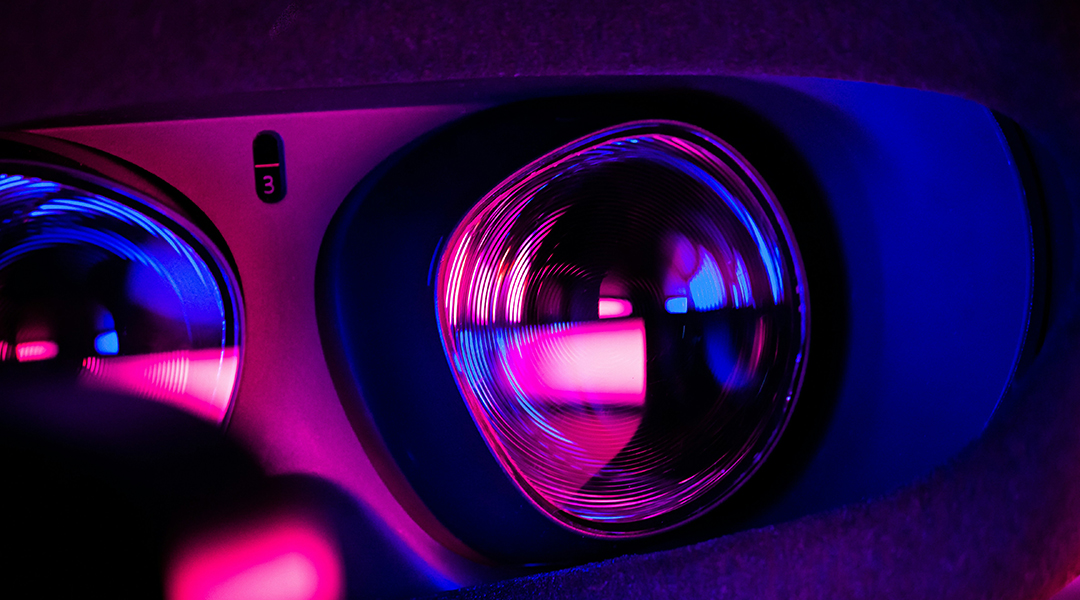
Scientists have developed contact lenses that project 3D holograms using specialized nanostructures embedded in them, known as metasurfaces.
renting gallery spaces to individual art dealers, we can create a dynamic and ever-changing environment.
Customizing gallery space for a fee.
Super high-resolution photography for a fee.
Equipment sales/rentals
NFT minting for a fee.
NFT commission sales.
Steps to Monetize the VR Art Museum.
Platform Development:
1-We make sure that the VR platform supports easy updates and changes to the artwork.
2-We implement a user-friendly interface for art dealers to upload and manage their exhibits.
Our Subscription and Rental Model:
We have decided on the following pricing model:
(a) We charge a monthly subscription fee and a rental fee based on the size and location of the gallery space within the museum.
(b) We offer different tiers of service, such as premium spots for higher visibility.
Marketing and Outreach:
We will reach out to value-added resellers such as art dealers, galleries, and artists to promote the Hypsoverse as a unique venue for showcasing and selling art.
We will highlight the benefits of a VR space, such as global reach and interactive features.
Interactive Features:
We will emphasize that using eye-tracking technology to enhance the visitor experience, makes it easier for the viewer to explore and interact with the art. This is key!
We will provide tools for art dealers to create interactive exhibits, such as virtual tours or augmented reality elements.
Analytics and Feedback Support:
XDALE offers analytics to art dealers, showing them how visitors interact with their exhibits. This can help them optimize their displays.
We collect feedback from both visitors and art dealers to continuously improve the platform.
Security and Copyright:
We ensure that the platform has robust security measures to protect the artwork and the intellectual property of the artists.
We implement clear terms and conditions regarding the use and display of the artwork using our smart contract.
Additional Considerations
Dynamic Content:
We regularly update the museum with new features or themed exhibitions to keep visitors coming back.
Community Engagement:
We will create a community around our VR museum by hosting virtual events, artist talks, and interactive workshops.
Partnerships:
We will network and collaborate with art institutions, schools, and other organizations to expand our reach and credibility.
This approach not only provides a unique platform for art dealers to showcase their work but also offers visitors a constantly evolving and engaging experience.
For sources of this data, please see the company profile
A Proposal
1. Create a gallery scene similar to the sketch
2. Use 360-type photos as an external background
It is possible to create a group of backgrounds with the ability to automatically replace them when interacting with AI.
We should get a space similar to the one shown in the screenshot.
Note: 2
Any room assets can be used as a background at the customer’s discretion.
3. Screens can be used as gallery walls, and paintings can also be displayed on them.
The screen can occupy either the entire wall or part of it.
Dynamic, AI-powered display of images on screens is possible.
4. The main content is displayed on the stands.
The user interaction with the works of art is the same as we discussed earlier.
That is, when the user concentrates on the work of art, it increases and allows the user to examine it in detail.
Also at this stage, the user can go to the resource https://bitbrowze.com/ to purchase the work of art.
We will work out the detailed UI/UX during the development process.
5. To manage the content, namely:
– changing the background of the space;
– filling/changing the content on the walls;
– filling/changing the content on the stands, an administrative panel of the application will be created in which all manipulations can be carried out.
6. To expand the capabilities of the user experience, connecting eye tracking technology. This technology will complement the basic interaction with the user.
7. To expand the ability to present a work of art, we will implement the following functions:
– a guide/consultant associated with AI on art (a separate module in the admin panel has been created to manage the guide).
8. The application is not networked.
9. First-person user.
I suggest considering the following stages of application development.
Stage #1 – basic application.
– Creating a scene within point 1
– Preparing 360 backgrounds (3 pcs.)
– Arranging stands and creating points for placing works of art on stands.
– Placing works of art on gallery walls
– Admin panel for uploading content for stands.
– Admin panel for uploading content for walls.
– Admin panel for uploading 360 backgrounds.
– Ability for the user to view content with an increased field of view
– Ability to change the 360 background through manual interaction
After completing this stage, the customer receives an APK file for installation on OCULUS/OCULUS-PRO. The application version implements the functions described in stage #1.
The cost of implementing this functionality is $ 3650.
Stage #2 – connecting interaction with https://bitbrowze.com/.
– implementation of interaction with the NFT acquisition platform
The customer provides all the necessary data for interaction with the NFT platform.
The following interaction with the user can be implemented in the basic version.
– the user activates a connection to https://bitbrowze.com/
– a browser opens in the application window
– the user purchases a work of art through a browser.
The cost of implementation in the basic version is $ 390.
Stage No. 3 – connecting AI and expanding the user experience.
– connecting a guide based on the provided information about the works of art
– connecting a content presentation management service based on user preferences
– connecting a 360 background management service based on user preferences (most likely replacing 360 backgrounds based on the user’s color preferences and the content broadcast on the walls)
– connecting an eye management service
– the customer provides a promotion works of art for training AI
– the customer provides an account and access to the AI account
The cost of implementing this functionality is $ 2150.
_______________________________________________

July 2024
Decentralized Art Sponsorship
By transacting with our XERIES (erc20) blockchain token, you can become a patron of the fine arts and gain passive capital.
The idea is to not buy the original work of Fine Art but to sponsor the artist in your role as a philanthropist. You simply enjoy art by being a patron of Artists. Instead, you get an NFT digital version. Additionally, you get permanently acknowledged as an ArtPatron and sponsor of that artist. The artist gets 100% of your funding and lives to paint another day. That is rewarding in more ways than one. Look at some contemporary artists. Many others are waiting to be revealed. Thanks to Blockchain Tech, anyone can participate fractionally in the crowd-funding of their favorite Artist and reap consummate rewards and satisfaction. This is what we do. But, here is why we do it:
Artists from Leonardo da Vinci, and Michelangelo to Basquiat could flourish only with the business model of “patronage”. Otherwise they starve or be forced to corrupt their artistic vision by producing cliché art for profit.
Wondering what makes a work of art desirable is like asking why some people were fascinated by James Dean or David Bowie but others may be left cold. Works of modern art encapsulate their personalities with clarity and confidence. The artist is merely the medium that shares his mental landscape from which the image emerges. The viewer can only look on in awe or look away and shrug. But it requires deep dedication for an artist to exorcise the denizens of his private realm which leaves him little or no time to scratch for his daily bread. “It takes a village” to support this kind of magic; which brings us to the role of the patron. A Patron is an enabler or midwife to great art.
Patronage didn’t just create job security, it made artists visible and notable in new ways. Some artists worked exclusively for their patrons while others were commissioned by new patrons as their work gained public exposure. Some of history’s most famous artists made their mark through their patron’s commissioned works. However patrons are typically wealthy individuals or entities.
Learn how you can participate fractionally in the crowd-funding of your favorite Artist and reap consummate rewards and satisfaction.
You can enter the picture heroically using our not-for-profit platform, FineArtPatron.com.
Subscribe to iProprietor
Crowdfund patronage
Subscribe Officially or anonymously using only your DeFi credentials (your name can never be sold)
Learn the benefits of art patronage
Learn the tax advantages of donating your collection to institutions like museums and other exhibits
Read bios of famous past and current patrons
View gallery of emerging artists
View AI statistical probability of their success
Get the inside scoop on museum acquisitions
Get rewarded annually with original work by your favorite sponsored artist
Be eligible for a free ticket to Art Expos such as Art Basel, Miami Art Expo, and more
Read critical analyses of your sponsored artists
Commission your wish-listed custom painting
Reprint Article
10 of The most renowned art patrons
As a new show at the National Gallery explores the influence of Paul Durand-Ruel, the dealer who ‘made’ the impressionists, Rachel Cooke highlights other great patrons and collectors
Peggy Guggenheim (1898-1979)

Peggy Guggenheim had a wild life. One of her husbands was Max Ernst, another used to make her stand naked in front of an open window while he chucked whisky at her. But she was also, in the art world, a force to be taken seriously. When she closed her New York gallery in 1947 ahead of a move to her beloved Europe, critic Clement Greenberg wrote: “Her departure is, in my opinion, a serious loss to living American art… She gave more first showings to more serious new artists than anyone else in the country.” He wasn’t wrong. In New York, Peggy had shown, among many others, Mark Rothko, Joseph Cornell, Robert Motherwell, Willem de Kooning, and, perhaps most important of all, her beloved “Jack the Dripper”, Jackson Pollock. Her collection is still housed in her strange bungalow-like Venice palazzo.
Anthony d’Offay (b. 1940)

D’Offay is a British dealer whose London gallery exhibited works by, among others, Gilbert & George and Joseph Beuys. After closing it in 2001, D’Offay worked on building his collection, and in 2008 donated this to the National Galleries of Scotland and Tate (it was valued at more than £100m). Comprising 1,500 works by 38 artists, the collection is now known as Artist Rooms. Each “room” represents the work of a single artist (including Gerhard Richter, Francesca Woodman, and Ron Mueck), and they tour constantly. To date, there have been 132 Artist Rooms exhibitions across the UK. Still, best not to think of D’Offay as a saint. He was paid for his donation (it cost the institution £26m), and he has been known to fall out with artists. Grayson Perry once exhibited two large black pottery penises entitled Portrait of Anthony d’Offay.
The Rubell Family
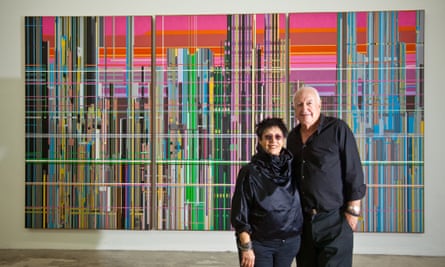
Miami has almost as many flashy art collectors as it does beach bars, for which reason it’s now host to one of the biggest art fairs in the world (Art Miami, a sister to Art Basel). But the city’s art-loving philanthropists have also pioneered the “Miami model”, whereby private collectors create a new kind of public institution in which both exhibit the work to its best advantage and provide educational facilities. Chief among the pioneers were the Rubells, who began acquiring work in 1964 in New York shortly after Donald and Mera Rubell were married (Mera was a teacher; Don, who was then an obstetrician, is the brother of Steve Rubell, who founded New York nightclub Studio 54; the couple put aside money every week and could only afford “unknowns”). Since 1993, the Rubell Family Collection has been housed in a 45,000sq ft (4,180sq meters) repurposed Drug Enforcement Administration confiscated goods facility. It includes art by Keith Haring, Jeff Koons, Cindy Sherman, and Andy Warhol.
Dorothy and Herb Vogel (b. 1935; 1922-2012)

Dorothy and Herb Vogel worked as civil servants in New York while quietly amassing one of the most important post-60s art collections in the US. They did this by living frugally and by pursuing unknown artists doggedly. Dorothy’s salary as a librarian was spent on food and rent, and Herb’s US Postal Service sorting clerk’s salary was devoted entirely to art, which they chose purely according to taste and whether they could get it home on the subway. The collection, so vast some of it had to be stored under their bed, included work by Richard Tuttle and Roy Lichtenstein, though, in 1992, they donated it all to the National Gallery of Art in Washington, the city where they honeymooned.
John Soane (1753-1837)
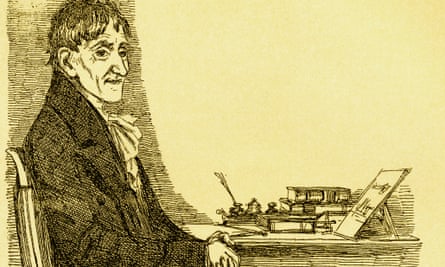
The cliche goes that Sir John Soane’s Museum is London’s best-kept secret. But it’s not hard to find, and its fans are legion. Soane, son of a bricklayer, was an architect; 13 Lincoln’s Inn Fields was the house he designed as his home and a place to display his collection of art and antiquities (he established it as a museum in 1833, by an act of parliament, requiring that its interiors be kept as at the time of his death). It includes Greek, Roman, and medieval objects, paintings by Canaletto, Hogart,h and Joshua Reynolds, and architectural drawings. Its most memorable exhibit, however, is the vast alabaster sarcophagus of Seti I of Egypt. At the party Soane threw to celebrate its arrival in 1825 were Coleridge, Turner, and the prime minister, the Earl of Liverpool.
John Ruskin (1819-1900)

Forget the spiteful, reductive portraits of him in Emma Thompson’s Effie Gray and Mike Leigh’s Mr Turner. John Ruskin was a prophet in his time: a patron of the pre-Raphaelites and Turner; a brilliant critic, perhaps the best this country has ever known; a fine watercolorist; a social reformer whose Guild of St George would inspire the Arts and Crafts movement; and a passionate educator (in Sheffield, he established a museum for the working men of the city). Until he went mad in the bedroom of Brantwood, his house on Ullswater, his was a model life, passionate and full: a life of thinking and looking and sharing the fruits of all this plainly, with as many of his fellow human beings as possible.
Charles Saatchi (b.1943)

The most divisive figure in British contemporary art, Saatchi began collecting in 1969, long before he found fame as an advertising man. His first love was minimalism, and by the mid-80s, he had his own gallery space in St John’s Wood, London, and a collection that included work by Donald Judd, Anselm Kiefer, and Julian Schnabel. However, Saatchi will always be best known for his connection with the Young British Artists of whom he was a key patron (part of his collection made up the infamous 1997 Sensation show at the Royal Academy): Damien Hirst, Tracey Emin, Gavin Turk. In 2008, Saatchi moved his gallery to Chelsea; he later donated it, and 200 works of art, worth many millions of pounds, to the British public.
Paul Durand-Ruel (1831-1922)
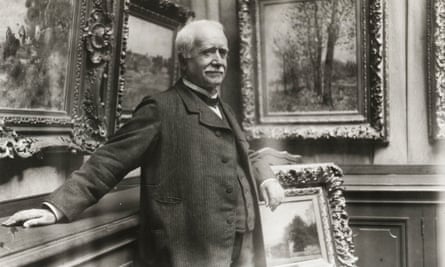
Impressionism owes much of its global success to the efforts of Paul Durand-Ruel, the dealer who discovered Degas, Monet, Pissarro, and Renoir, buying their work at a time when it was ridiculed by the art establishment. “Without him,” said Monet, “we wouldn’t have survived.” It wasn’t only Durand-Ruel’s loyalty that mattered; his business strategies worked like magic, too. He turned a family business into a global concern, mounting exhibitions of “his” artists in London and New York, as well as Paris. New York was key because, as he once commented, the Americans were open-minded, and loved to buy. The National Gallery in London explores his influence in a show that opens on 4 March, and which will include 85 important works, all of which Durand-Ruel originally sold.
François Pinault (b. 1936)

Pinault is a French businessman best known for his rivalry with Bernard Arnault of the luxury goods group LVMH (the two men fought a well-publicized battle over Gucci). His business interests include Château Latour and Christie’s, the auction house, though his company is now run by his son, François-Henri (married to Salma Hayek). But Pinault also owns one of the world’s biggest collections of contemporary art, which he exhibits at the Palazzo Grassi in Venice, and the Punta della Dogana, on the other side of the Grand Canal (he fought off the Guggenheim Foundation to bag the former customs house). His first significant acquisition was a Mondrian in the early 80s, but the collection is now 2,500-strong and includes works by Willem de Kooning, Picasso, Agnes Martin, Richard Serra, and Damien Hirst.
Sheikha Al Mayassa Al-Thani (b. 1983)

Sheikha Al Mayassa bint Hamad bin Khalifa Al-Thani, sister of the emir of Qatar, is chair of Qatar Museums, a role that brings with it an annual acquisition budget estimated at £1bn. Her purchases are said to have included Gauguin’s When Will You Marry? (hers for £197m, making it the most expensive painting ever sold), Cezanne’s The Card Players (£158m) and the 1930s Cartier necklace that formed the centerpiece of the V&A’s 2013 exhibition Pearls (£2.1m, a sum that was more than four times its estimated price at auction). As spending sprees go, this puts owning more than one Kelly bag somewhat in the shade.
I hope you appreciated this article. Before you move on, I was hoping you would consider taking the step of supporting the Guardian’s journalism.
From Elon Musk to Rupert Murdoch, a small number of billionaire owners have a powerful hold on so much of the information that reaches the public about what’s happening in the world. The Guardian is different. We have no billionaire owner or shareholders to consider. Our journalism is produced to serve the public interest – not profit motives.
And we avoid the trap that befalls much US media – the tendency, born of a desire to please all sides, to engage in false equivalence in the name of neutrality. While fairness guides everything we do, we know there is a right and a wrong position in the fight against racism and reproductive justice. When we report on issues like the climate crisis, we’re not afraid to name who is responsible. And as a global news organization, we’re able to provide a fresh, outsider perspective on US politics – one so often missing from the insular American media bubble.
Around the world, readers can access the Guardian’s paywall-free journalism because of our unique reader-supported model. That’s because of people like you. Our readers keep us independent, beholden to no outside influence, and accessible to everyone – whether they can afford to pay for news, or not.
If you can, please consider supporting the Guardian today. Thank you.

The Curator
I recently went to the Whitney Museum of American Art and saw some great paintings. This one is an oil painting on canvas called “Baptism in Kansas”. It was done in 1928 by John Steuart Curry who lived from 1897 til 1946.
I was struck by the facial expressions of the individuals in the composition. You can almost hear them singing hymns
Other facial expressions of anticipation by those in white robes in line to be baptized; And the kid staring at a girl with whom he seems infatuated
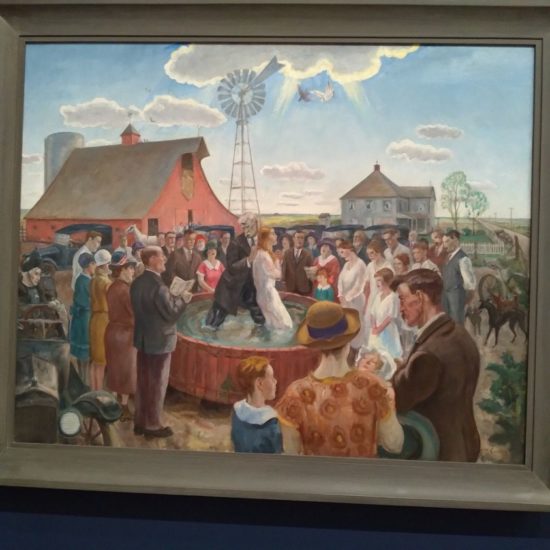
xDALE is an e-Publisher and retailer of publishing tools. We specialize in electronic digital media and delivery systems such as flip books and e-ink readers.
more…

Afro-Occidental Art and Artists
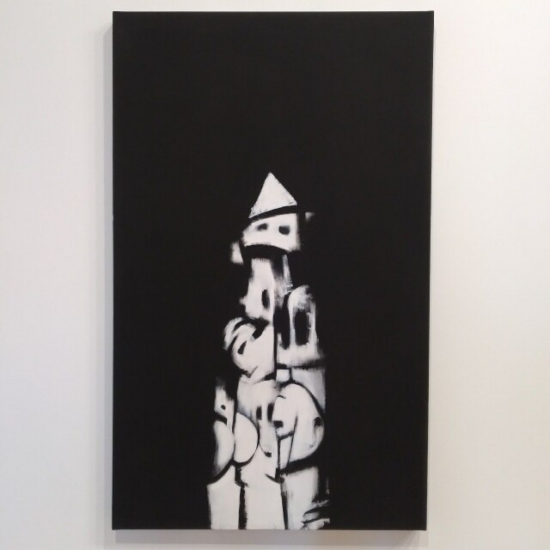
Abstract Expressionism – American Totem. by Norman Lewis “American Totem”, 1960 by Norman Lewis. Oil paint on canvas. The artist explores the emotional and psychic impact of the civil rights movement. This work of abstract expressionism evokes the infamous hooded Klansman. But the monolith is composed of a multitude of smaller forms resembling apparitions, skulls, and masks. Lewis’s work suggests that terror is both reprehensible and abstract, conscious, visible, and hidden.
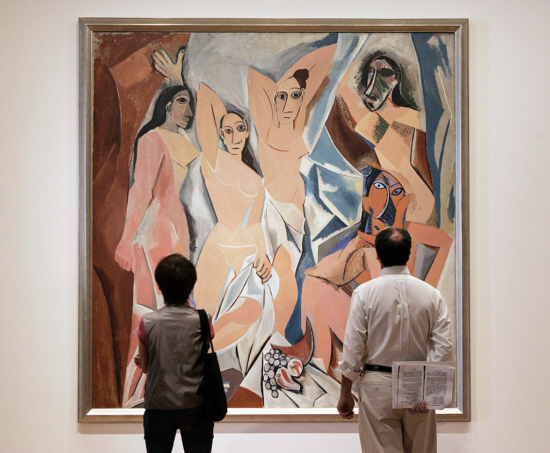
The Influence of African Art on Contemporary European Art
Abstract
African art played a fundamental role in the development of European and international contemporary art. Nevertheless, its function is still scarcely acknowledged by critics, even if it has been crucial, especially between the end of the 19th and the beginning of the 20th century. In this period, African art exerted an important influence on artists such as Matisse, Modigliani, and Brancusi as well as on Picasso and Braque, the fathers of Cubism. These artists gathered under the “Parisian School”, and drew largely from the African masks and sculptures, reshaping their style in original and revolutionary works. The research here presented aims to analyze the history of this artistic influence, rebuilding the aesthetic, cultural, and political environment of France in that period. Where this influence did not occur, as in Italy, due to the close relation between colonial experience and the advent of fascism, every form of message was hindered, and art was aligned with the regime’s aesthetics. The later artistic tendencies of the 20th and 21st centuries show that the influence of African art, transmitted through Cubism and other artistic avant-garde, became an international mark. Concurrently, African artists created autonomous movements, in a path of interconnected autonomy about Western art.

June 2024
Chapter & Verse
This Month’s Feature Novel
- The Leaf – A Science Fiction Novel Read Here

May 2024
Real Estate
Types of Properties

The Newest Realty Property Manager Tool
Select or create custom smart contracts that instantly automate your Landlord-Tenant transaction to bypass third-party notary, attorney fees, and many closing costs.
Work smarter, deliver a first-class client experience with your customers, and close more deals.
100% free to get started. No credit card is needed!
Enter Your Email

April 2024
Hardware
Display Devices
e-Readers using e-ink Tech
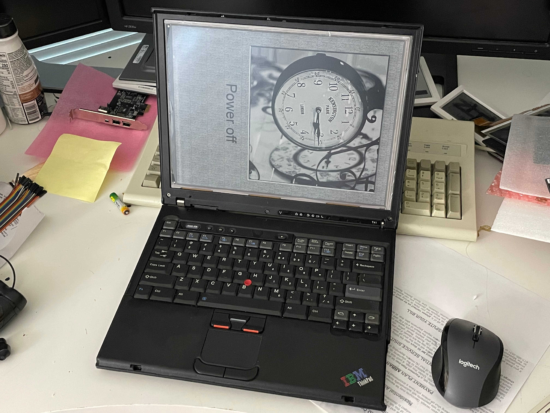
The entire point of e-ink is to save your eyesight because it doesn’t use flickering backlit screens
Imagine a space that’s distraction and eyestrain-free. A place where you can just read, write, and think. Now imagine a laptop that allows you to work in your most productive environment from anywhere. A laptop that encourages you to spend less time in front of a screen and gives you back time to focus on what matters most in life.
In today’s digital world, it’s hard to find a place for focused thinking. It’s even harder to find a device for this purpose.
At Modos, we want to give you the tools and space to focus on what truly matters in life. That’s why we created the Modos Paper Laptop: the world’s first e-ink laptop designed for reading, writing, and thinking in a distraction and eyestrain-free environment.
Color E-ink Device
Pocketbook Viva – 8-inch “COLOR” e-reader (Gallery 3)
